After plenty of ups and downs, Quentin Tarantino’s highly anticipated new film, The Hateful Eight, is finally hitting theaters. Hollywood’s biggest, or at least loudest, cinephile, has made a film combining many of his passions, the west, violence, humor, and Ennio Morricone, into a film that’s bound to divide audiences around the world.
Set in Wyoming anywhere from six to 12 years after the Civil War, bounty hunter John “The Hangman” Ruth (Kurt Russell) is racing to Red Rock to turn over his captured fugitive, Daisy Domergue (Jennifer Jason Leigh), to the law and see her hanged. On the way, Ruth reluctantly picks up two strangers, Major Marquis Warren (Samuel L. Jackson), a former union soldier turned bounty hunter, and Chris Mannex (Walton Goggins), who claims to be the new sheriff of Red Rock. With a winter storm fast approaching, the stagecoach is forced to stop at Minnie’s Haberdashery in the mountains, but the travelers discover the Mannie isn’t there. Instead, Bob (Damian Bichir) has taken her place while she’s out visiting her mother. Also holed up at the haberdashery is Oswaldo Mobray (Tim Roth), the hangman of Red Rock, Joe Gage (Michael Madsen) and a Confederate General named Sanford Smithers (Bruce Dern). Upon arrival, John Ruth makes it clear that Daisy is his and that no one should mess with his prize. With so many nasty souls shacked up in a small place, it’s clear that it isn’t going to be a smooth and relaxing stopover.
There are two versions of this film being released, a wide digital release and a limited roadshow release. I was fortunate enough to attend the Roadshow version of The Hateful Eight in Ultra Panavision 70mm, complete with a few extra minutes of film, an overture and, my favorite part, an intermission. While I can’t tell you what those roughly seven extra minutes of footage entailed, I can say that the movie left me emotionally split and I think that’s how most audiences goers will feel.
The best way I can describe the The Hateful Eight is that it’s like a Broadway show, but a little longer. A majority of the movie takes place in one room, a sizable wooden cabin, contains an intermission, and is incredibly dialogue heavy, in typical Tarantino fashion.
Up until the intermission, I found The Hateful Eight to be incredibly slow, tedious and, at times, downright boring. Kurt Russell was bothersome and didn’t do anything for me as the lead. Samuel L. Jackson was alright but pales in comparison to his role in Django Unchained. The saving graces of the first half were Jennifer Jason Leigh as a nasty fugitive, Damian Bichir, if you could understand him, Tim Roth’s hilarious take on Christoph Waltz, the racist Bruce Dern, and a wooden door that wouldn’t stay shut. They each injected humor into the film in some way that helped break up the monotony of what really was some admirable dialogue, it just wasn’t particularly compelling.
Once the intermission hit, having an opportunity to walk around, stretch and talk about the film was one of the biggest joys of experiencing the roadshow version. More movies need an intermission; they’re great and provide an opportunity to relieve your bladder.
Once the film resumed, The Hateful Eight kicked into high gear and never let up. It improved drastically and was so much better that it almost felt like a different film entirely. Why you ask? Because it was thoroughly entertaining. Blood was being sprayed, more humor was being injected into scenes, the dialogue was clever and the acting game really kicked in, which resulted in me finally becoming engrossed with the film (thanks Jennifer Jason Leigh). Maybe I’d feel a little different if there was no intermission, but at least I have that reference point to say the movie was predominantly boring up until that point.
My biggest peeve of the film has to do with why Tarantino decided to shoot this with a 65mm negative to be displayed as 70mm? Most of the movie took place in one room. The format is all about capturing more on screen but when you’re in a cabin, there’s never much more to take in. The landscape shots early on in the movie were absolutely stunning in this format, but the hype around the film choice isn’t justified when you’ve essentially got people in a room talking for two hours. If 70mm was use on a film like The Revenant, it would have made sense.
As I sat there, watching this 187 minute epic homage, I couldn’t help but say to myself, you have to like this, it’s Tarantino, his movies are always fun, but as time continued to move on I found myself becoming more and more drained. Tarantino smashed together elements from various places and films that he loved into a feature that’s twisted with his fan-favorite style, but it doesn’t play out the way I had hoped for a majority of the film. This who-done-it mystery/western doesn’t live up the expectations one may have set for a film called The Hateful Eight by a man known for his aggressive filmmaking style. Instead, it’s a slow-burning story that burns for a long time before it finally decides to explode with everything that we were craving for way earlier in the film.
If you’re a major fan of Broadway shows and have the patience to wait two hours before anything really exciting happens, then you’ll love The Hateful Eight. If you’re like me and expected something that was not only unique, but entertaining and engrossing for three hours, you’ll be disappointed in what Tarantino has dished out for his latest turn as writer/director. While he may win an Oscar for best screenplay because the script is quite good this, in my opinion, is Tarantino’s least accessible film because it’s a talky Western (a genre that hasn’t done well in a long time) that isn’t fueled by action or adventure. His last movie, Django Unchained, contained exciting and adventurous action that was fueled by revenge and a plethora of truly despicable characters. In the end, The Hateful Eight is a movie cinephiles need to see but, be warned, it’s not one that will satisfy wide audiences the way his last two films did.


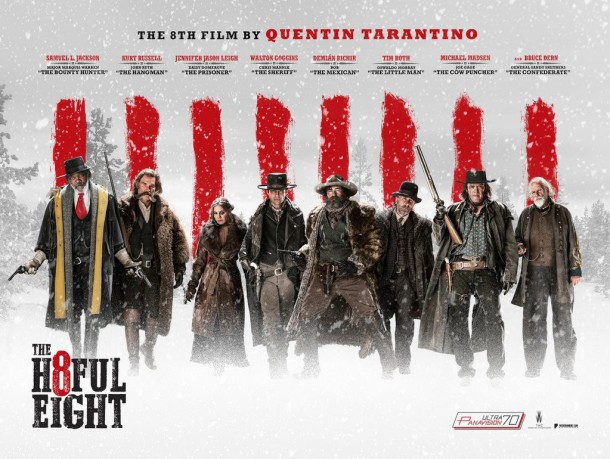


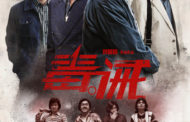
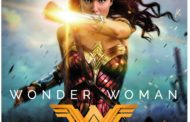
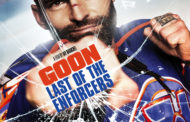



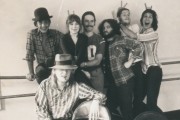





Recent Comments